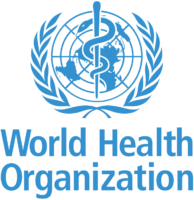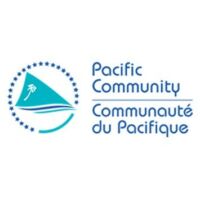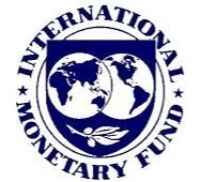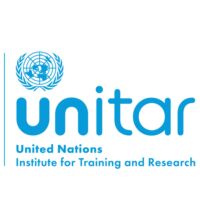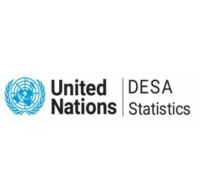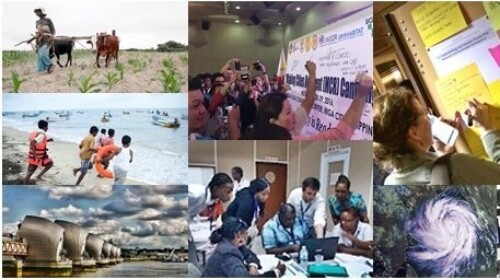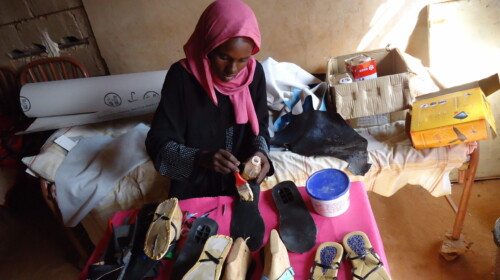This e-learning course was developed by UNITAR, SPC, ESCAP, UNSD in collaboration with the World Bank, WHO and IMF-PFTAC following the series of regional workshops ""Monitoring the SDGs in Small Island Developing States of the Asia-Pacific region: Addressing selected Tier 1 and 2 data gaps" conducted in the Asia-Pacific region for Small Island Developing States in September 2019. The e-course aims to strengthen the capacities of these countries to organize national processes to monitor and inform the reporting on SDG indicators, as well as to fill in their identified selected priority data gaps that were not yet addressed through other capacity development programs.
The e-course is composed of 4 Modules:
- Module 1. Mapping SDG indicators to national processes
- Module 2. Measuring poverty and hardship in the Pacific
- Module 3. Monitoring health-related SDG indicators
- Module 4. Finance-related SDG indicators
The estimated learning time per module ranges from 2 to 5 hours. Modules comprise case studies and learning videos that aim to help retain better the presented information ad appreciate the application of theory in practice. Each module is followed by an objective multiple-choice assessment (summative assessment).
Download Syllabus
Target Audience
This course is open to everyone interested but is primarily targeted towards the National Statistical Offices, other parts of National Statistical Systems as well as key data users within the Governments of Small Island Development States.
Learning Objectives
It is expected that, by the end of the course, participants will be better positioned to:
- Describe ways to build national SDG indicator frameworks to track progress on SDGs at the country level in accordance with national priorities;
- Define practical ways to address some of the challenges faced by SIDS on SDG monitoring and data disaggregation by better leveraging various data sources;
- Identify key components of the monetary poverty measurement methodology used by the World Bank and possible non-monetary approaches to poverty measurement applicable in the context of the Pacific SIDS;
- Describe how SDG 3 indicators are computed and how they can inform better policies;
- Describe how selected SDG indicators pertaining to budget implementation, and resource mobilization and use under Goal 17 are computed and how they can inform better policies.


